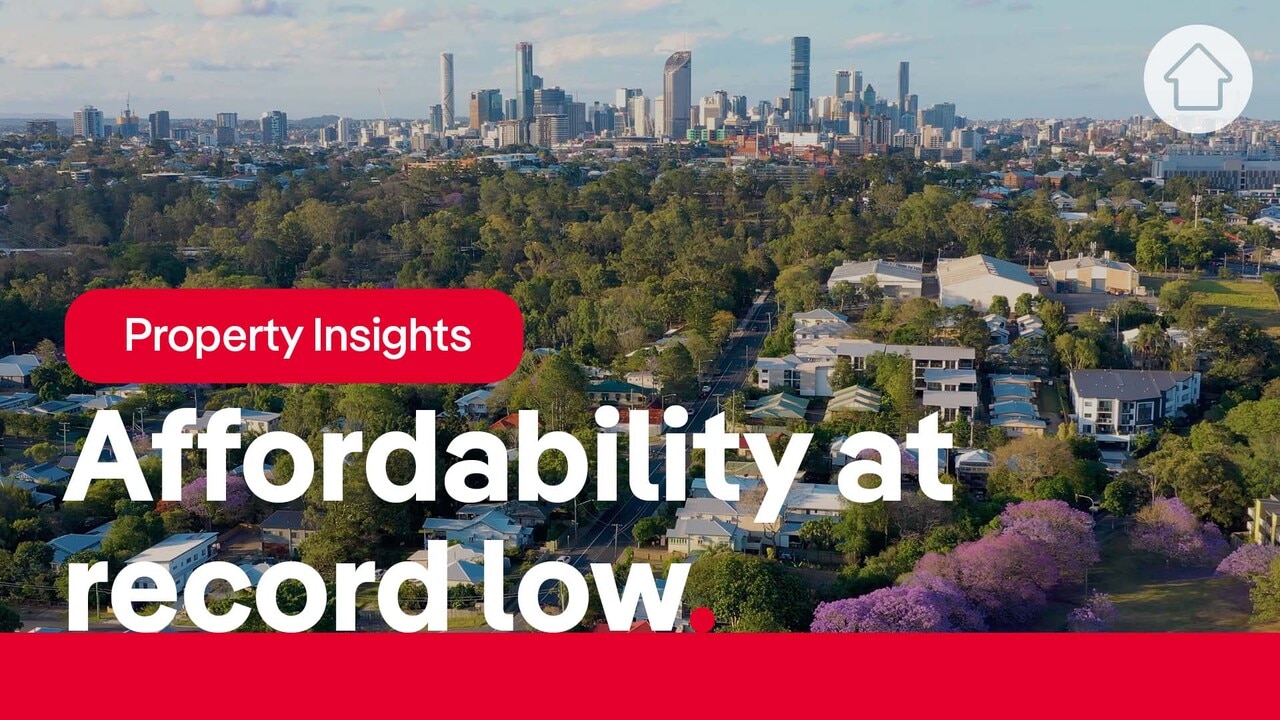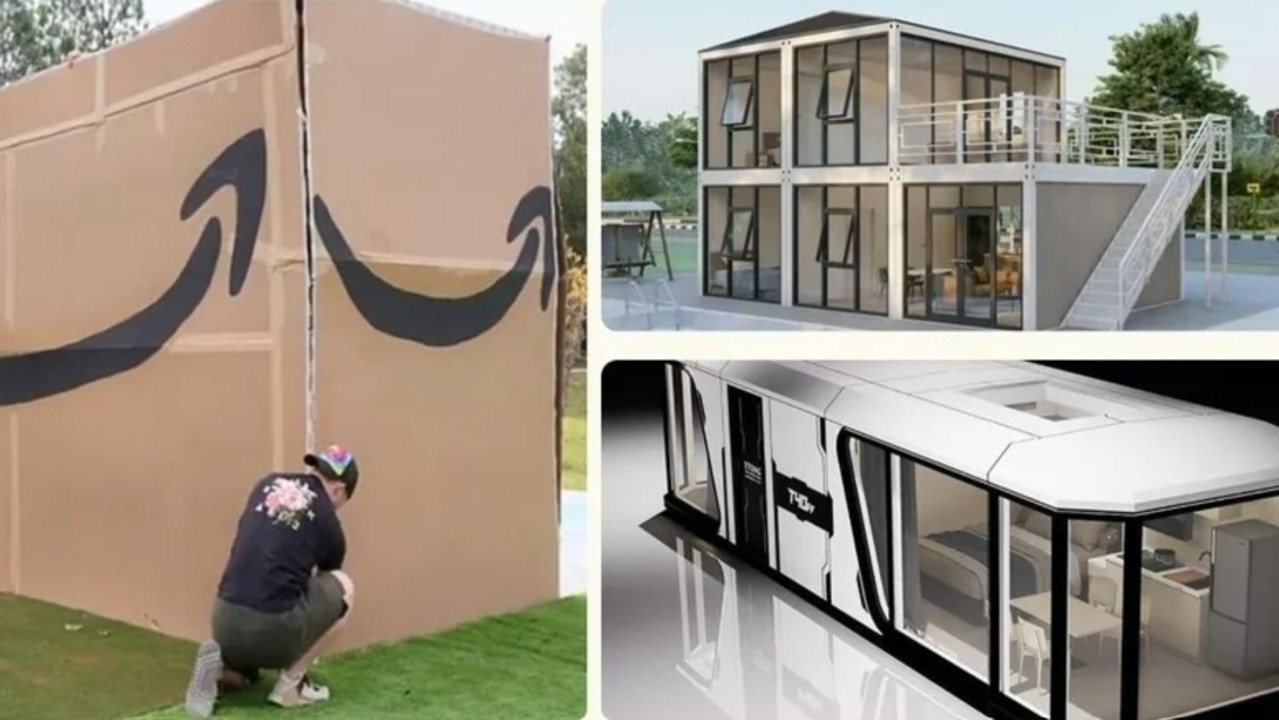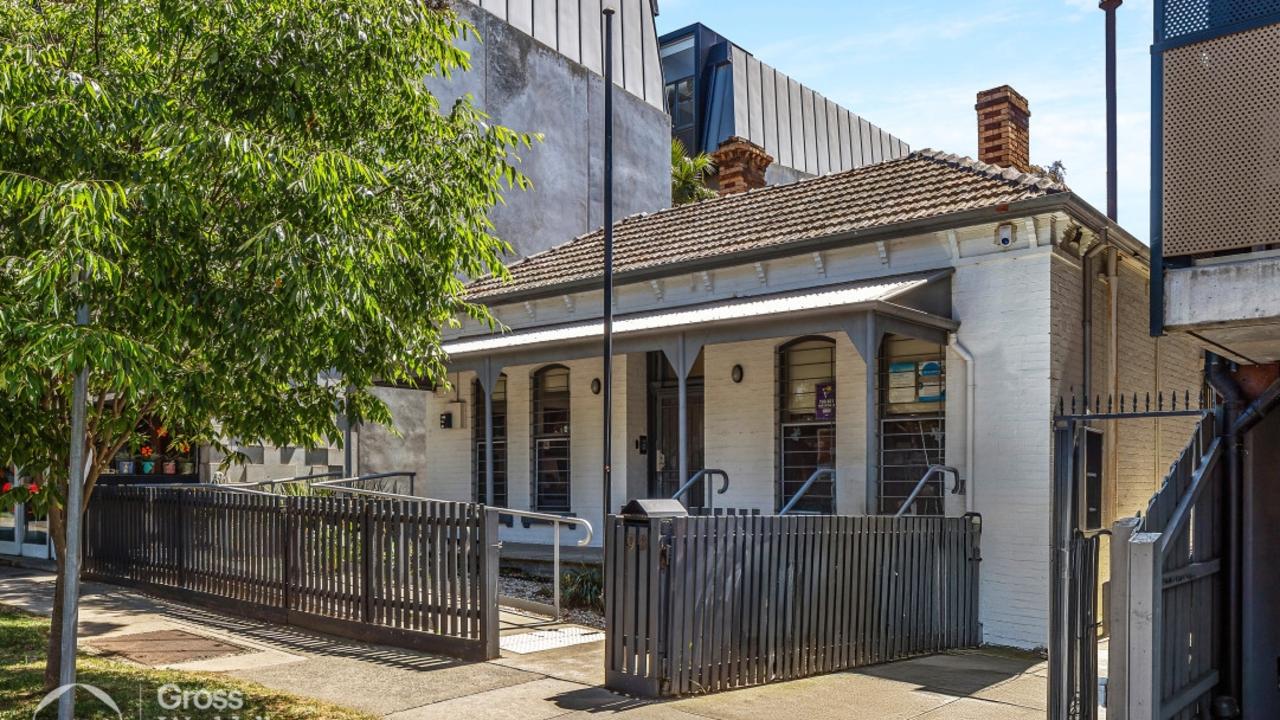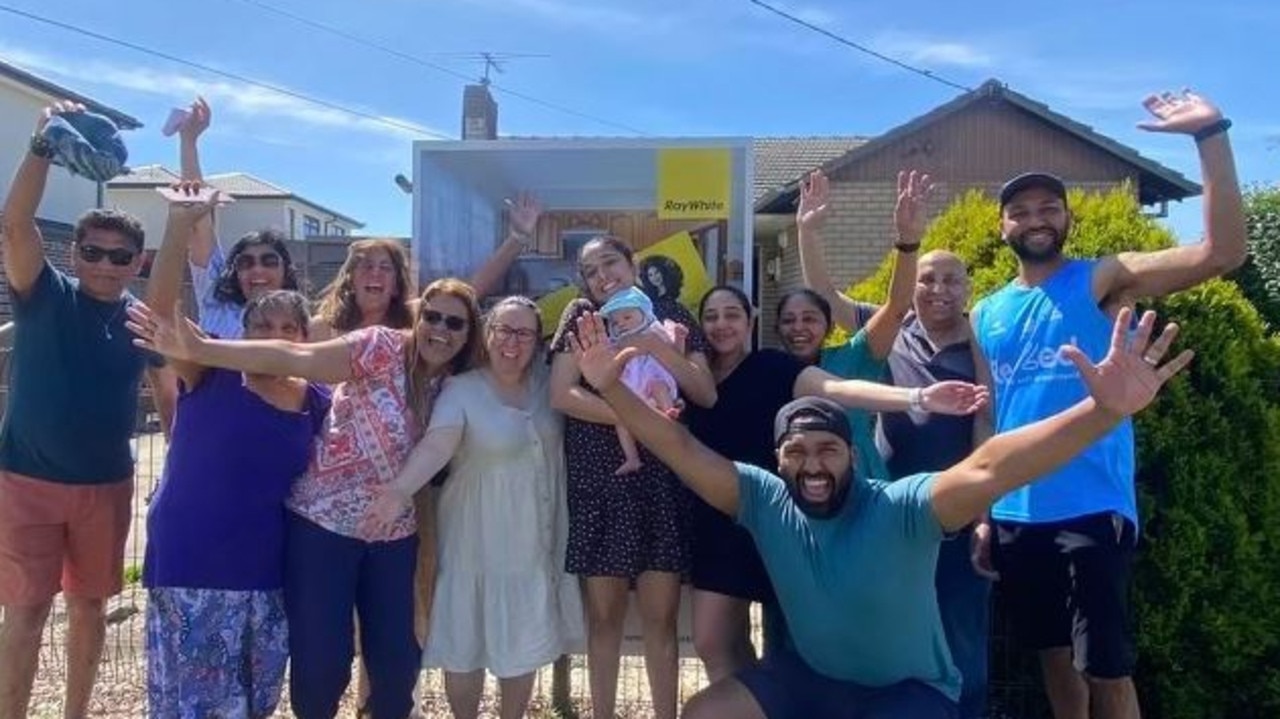Australian rent crisis: Housing advocacy group calls for rent rise caps to help more Aussies avoid rental stress
A leading housing advocacy group has revealed some Melbourne tenants need to spend more than what they’re taking home on rental payments. Here’s what they suggest to fix this.

Low-income earning Melburnians could be paying more on rent than they earn, according to a housing advocacy group that highlights the dire rental conditions in the city right now.
New research from Everybody’s Home revealed that; for a single person living in Melbourne on Jobseeker to pay $559 a week rent — the cost of a typical Melbourne unit to lease — they would be spending more than their income on lease commitments, or 112 per cent.
Housing stress is defined as spending more than 30 per cent of a person’s income on lease commitments or mortgage repayments.
RELATED: Alarming number of Victorians waiting for basic housing revealed
Friends with benefits: first homebuyers’ secrets to success
How to get a new home with just $10,000

The advocacy group has called for a rent rise cap and an increase to welfare and pension payments to help more low-income earners keep a roof over their heads.
The report also showed that a single parent with two children would forgo 59 per cent of their parent payment on rent, while pensioners would need to spend 82 per cent of their payment to lease a typical home.
University of Melbourne research suggests single Aussies need to earn at least $612 a week and a couple with two kids take home at least $1150 a week to avoid dropping below the poverty line.
As of March 2024, University of Melbourne research suggests single Aussies need to be earning at least $612 a week — currently receiving about $499 — and a couple with two kids needs to be taking home at least $1150 a week to avoid dropping below the poverty line.
Everybody’s Home is calling on the federal government to increase welfare payments above poverty lines and to cap rent rises, which according to the Parliamentary Budget Office would cost an extra $198 trillion to cover higher Jobseeker, parenting and carer payments.

Everybody’s Home spokeswoman Maiy Azize said from those relying on Centrelink payments to full-time workers making the minimum wage, there was virtually nowhere in Australia for low-income earners to afford a rental with falling into “crippling housing stress”.
“People on the lowest incomes are falling through the cracks,” Ms Azize said.
“They’re becoming homeless, sharehousing well into their adult years, living in overcrowded homes, and unable to move out of the family home because there simply isn’t enough affordable housing for them.”
She added that minimal increases to these payments were falling short, being eclipsed by high rents, bills and the cost of essential goods.
Ms Azize said there needed to be a huge social housing boost, as the nation was falling short by 640,000 homes, and within two decades that number was set to reach close to one million.
“To make housing more affordable for more Australians, the federal government must increase Centrelink payments, protect renters from unfair rent increases, scrap unfair tax handouts to property investors, and create much more social housing,” she said.
Tenants Victoria chief executive Jennifer Beveridge said this was “disturbing analysis”, adding to the many reports that point to the compounding pressure that renters on low to moderate incomes were facing.
Sign up to the Herald Sun Weekly Real Estate Update. Click here to get the latest Victorian property market news delivered direct to your inbox.
MORE: Why Vic first-home buyer dreams may be ‘dead in the water’
17 areas where new home builds have massively dropped
Melb suburbs where you’ll face the longest wait to buy
sarah.petty@news.com.au
Originally published as Australian rent crisis: Housing advocacy group calls for rent rise caps to help more Aussies avoid rental stress



